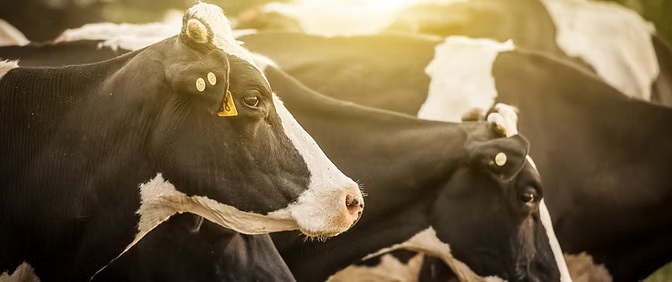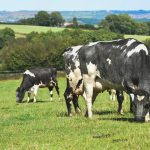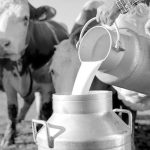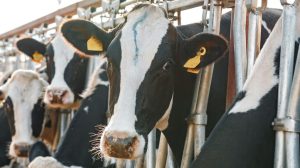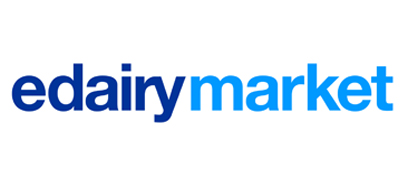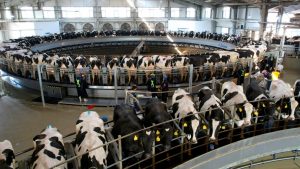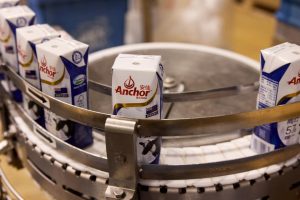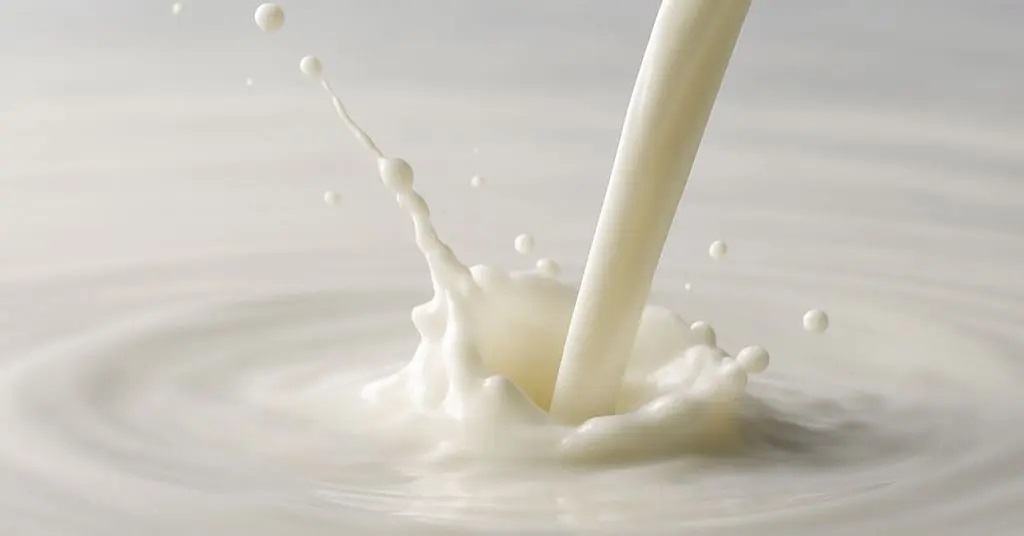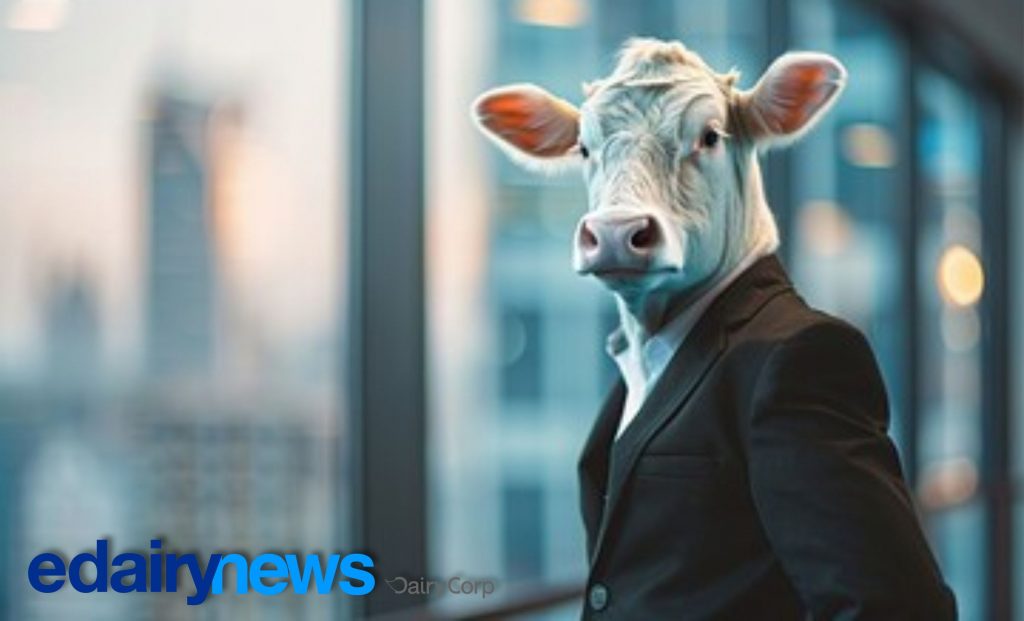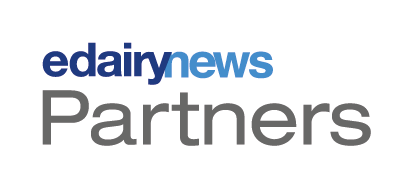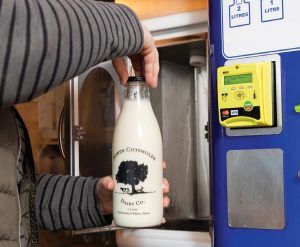
The dairy industry is on the brink of transformative changes, according to Rabobank’s latest Global Dairy Top 20 report.
With anticipated mergers and acquisitions (M&A) set to reshape the competitive landscape, dairy manufacturers are urged to prepare for a new era of market dynamics.
The report indicates a modest growth trajectory, with combined turnover among the top companies increasing by 0.6% in 2024 and projected to rise by 0.5% in 2025. However, the report also highlights that significant shifts are expected in 2026 due to impending mergers and acquisitions (M&A) that could reshape the rankings and competitive dynamics.

Key findings from the report
The report serves as a vital resource for understanding the financial performance of the world’s leading dairy companies.
This year, eight companies have swapped positions within the rankings, illustrating the intense competition and strategic repositioning that characterise the industry. Such movements reflect not only changes in market share but also shifts in consumer preferences and operational efficiencies.
Despite the overall growth, the report underscores the challenges faced by dairy manufacturers. The projected 0.5% growth in 2025 is relatively modest, suggesting that while the market remains stable, manufacturers must innovate and adapt to maintain profitability.
Factors influencing this growth include:
Consumer demand: A growing consumer preference for health-conscious and premium dairy products is reshaping purchasing patterns. Manufacturers are urged to respond by diversifying their product offerings to include functional dairy items, organic options and plant-based alternatives.
Economic pressures: Fluctuations in global economic conditions, including inflation and supply chain disruptions, continue to impact production costs and pricing strategies for dairy manufacturers.

Top 10 dairy companies in 2025
-
Lactalis (France) – $31.9 billion
Lactalis continues to solidify its position as the largest global dairy company, expanding its operations through strategic acquisitions. Noteworthy acquisitions include Nestlé’s coffee creamer brand Cremora in South Africa and General Mills’ US yogurt business, which is expected to add $1.5 billion to net sales. This also includes the recent purchase of Fonterra’s consumer and associated businesses for $2.3 billion.
-
Nestlé (Switzerland) – $23.9 billion
Nestlé faces challenges in its dairy segment, particularly after spinning off Froneri, which now operates independently. The company’s dairy sales have plateaued around €22 billion for three consecutive years, with declines in turnover across multiple regions, except for slight growth in China and Taiwan.
-
Dairy Farmers of America (DFA) (United States) – $23.0 billion
DFA retains its third-place position, with revenues slightly lower than its record high in 2022. The cooperative’s performance is heavily influenced by US milk prices, which averaged $22.55 per hundredweight in 2024. Despite fluctuations, DFA’s strong market presence ensures its continued ranking among the top dairy companies.
-
Danone (France) – $20.7 billion
Danone has made divestments to streamline its operations, including exiting the Russian market and selling its majority stake in Horizon Organic. However, its dairy segment performed well on a like-for-like basis, achieving 1.1% price growth and 2.9% volume growth, resulting in a 4.0% increase in turnover. Danone’s focus on health-oriented products is expected to bolster its market position moving forward.
-
Yili (China) – $15.8 billion
Yili remains a key player despite facing challenges in the Chinese market, including weakened consumer demand and oversupply issues. The company has reported a 12% drop in revenue from its liquid milk division, although its powder and dairy products segment saw an 8% increase, driven by strong performances in adult milk powder and cheese.
-
Arla Foods (Denmark) – $15.0 billion
Arla experienced a modest revenue increase of 0.8% in 2024, primarily due to its acquisition of Volac’s whey nutrition division. The cooperative’s stable growth reflects its effective management strategies, although it faces competition from other European dairy cooperatives. This year, Arla announced that it would merge with DMK Group, creating Europe’s largest dairy cooperative with a combined pro forma revenue of €19 billion. We can expect to see the new formed group rising up the ranks.
-
Fonterra (New Zealand) – $14.7 billion
Fonterra’s drop in ranking reflects its decision to divest consumer and associated businesses to focus on core foodservice and ingredients. This pivot aims to maximise long-term shareholder value for its farmers. However, the divestment is expected to impact Fonterra’s revenue significantly, potentially dropping it to tenth place next year.
-
FrieslandCampina (Netherlands) – $14.0 billion
FrieslandCampina’s performance remained stable, although it experienced a slight decline of 0.5% in turnover. The cooperative is actively seeking ways to enhance its market position amid challenges related to member retention and milk supply. FrieslandCampina’s ongoing efforts to innovate and adapt to market changes will be crucial for its future success.
-
Saputo (Canada) – $13.9 billion
Saputo led all companies in revenue growth, achieving an 8.4% increase in 2024. The company’s strong performance is attributed to improved operations across all divisions, except in Argentina, where currency struggles impacted results. Saputo’s focus on efficiency and cost-saving measures has positioned it well for continued growth.
-
Mengniu (China) – $12.3 billion
Mengniu’s revenue has declined due to a challenging operating environment in China, marked by oversupply and declining prices. The company has faced double-digit drops across its liquid milk, ice cream, and milk powder divisions. Despite these challenges, Mengniu continues to focus on maintaining its market share and adapting to consumer preferences.
Global dairy top 20

Anticipated M&A activity
Looking ahead, Rabobank warns that the dairy sector is on the brink of significant transformation due to anticipated M&A activity. Major mergers expected to take place include:
FrieslandCampina and Milcobel: This merger is poised to crea+te one of the largest dairy cooperatives in Europe, potentially enhancing operational efficiencies and market reach. Manufacturers should consider how this consolidation might influence competitive dynamics and pricing strategies in their regions.
Arla Foods and Deutsche Milchkontor (DMK): This merger could lead to a stronger market position for both companies, enabling them to leverage synergies in production and distribution. Dairy manufacturers must assess how such consolidations could affect their market share and supply chain relationships.
Yoplait’s integration into Lactalis and Sodiaal: This integration is expected to streamline operations and expand product offerings, particularly in the yogurt segment. Manufacturers should take note of the potential for increased competition in this category.
Additionally, Unilever’s planned divestment of its ice cream business raises questions about market stability. The anticipated exit of both Unilever and DMK from the rankings opens two spots for new entrants, with Magnum (from Unilever’s divestment) and Emmi Group emerging as strong contenders.

Implications for dairy manufacturers
-
Strategic positioning in a changing landscape
The potential for significant M&A activity presents both challenges and opportunities for dairy manufacturers. To navigate this evolving landscape, companies should consider:
Partnerships and alliances: Collaborating with other manufacturers or forming strategic alliances can enhance market positioning and foster innovation. By pooling resources and expertise, companies can better respond to consumer demands and competitive pressures.
Market intelligence: Staying informed about competitors’ moves and market trends will be crucial for strategic planning. Manufacturers should invest in market research and analytics to anticipate shifts in consumer preferences and adjust their strategies accordingly.
-
Innovation as a key driver
As consumer preferences evolve, innovation will be paramount for dairy manufacturers. Companies should focus on:
Product development: Expanding product lines to include health-oriented and premium options will be essential for attracting a diverse consumer base. Investing in R&D can help manufacturers create unique offerings that stand out in a crowded market.
Quality improvement: Ensuring the highest quality standards will differentiate products and build consumer loyalty. Manufacturers must prioritise quality control and invest in technologies that enhance product consistency.
-
Adapting to regional trends
The report highlights regional milk price trends that may impact profitability. Dairy manufacturers should:
Local sourcing strategies: Evaluating local sourcing options can mitigate risks associated with global supply chain disruptions and fluctuating milk prices. Establishing relationships with local farmers can also enhance brand reputation and sustainability efforts.
Cost management: Implementing efficient production practices and cost control measures will be essential to maintain margins during periods of price volatility. Manufacturers should explore automation and lean manufacturing techniques to optimise operations.

Emphasising sustainability
As sustainability becomes increasingly important to consumers, dairy manufacturers must prioritise environmentally friendly practices. The report emphasises:
Sustainable practices: Implementing sustainable sourcing, production, and packaging practices can enhance brand reputation and meet regulatory requirements. Manufacturers should consider certifications that highlight their commitment to sustainability.
Transparency: Communicating sustainability efforts, particularly in resource-intensive industries such as dairy, to consumers can build trust and loyalty. Brands that effectively share their sustainability stories are likely to resonate with environmentally conscious consumers.
As companies navigate these changes, strategic agility, innovation and a focus on sustainability will be vital for success. The next year promises to be pivotal for the dairy sector, with significant implications for both established players and emerging competitors.
You can now read the most important #news on #eDairyNews #Whatsapp channels!!!
🇺🇸 eDairy News INGLÊS: https://whatsapp.com/channel/0029VaKsjzGDTkJyIN6hcP1K
